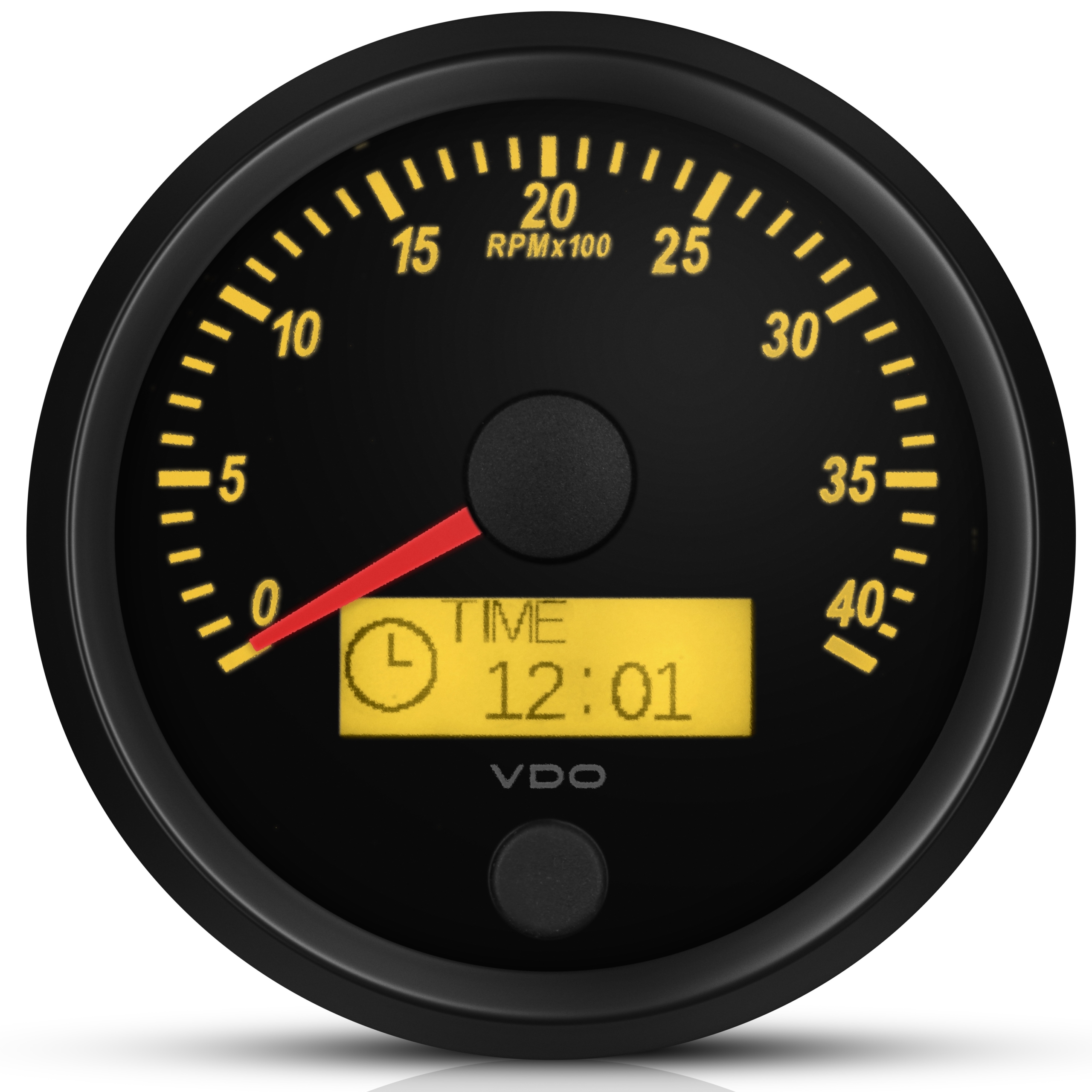Tachometer Buying Overview: Features to Seek and Best Brand names
Tachometer Buying Overview: Features to Seek and Best Brand names
Blog Article
The Significance of a Tachometer in Monitoring Engine Speed and Efficiency in Automotive Applications
In the world of auto design, the tachometer stands as a crucial instrument in the driver's collection, giving a straight window into the internal functions of a car's engine. Past its feature as a plain gauge of changes per minute (RPM), the tachometer offers as an important device for lovers and experts alike, supplying real-time insights into engine efficiency and health and wellness.
Value of Keeping An Eye On Engine RPM
Checking engine RPM, or transformations per minute, is a crucial element of vehicle maintenance and efficiency analysis. Engine RPM directly correlates with the rate at which the engine's crankshaft rotates, indicating exactly how promptly the engine is running - tachometer. By checking RPM, mechanics can evaluate the wellness of the engine, find prospective concerns, and fine-tune efficiency. An uncommon RPM reading may indicate problems such as engine misfires, defective stimulate plugs, or concerns with the fuel distribution system. Consistently high RPM analyses might suggest aggressive driving routines or the requirement for a higher equipment change to boost gas efficiency.
Furthermore, checking engine RPM is crucial for efficiency analysis in racing and high-performance lorries. In recap, keeping track of engine RPM is not just crucial for finding problems yet also for optimizing engine performance in different auto applications.

Benefits of Real-Time Information
In auto applications, real-time information plays a critical function in offering instant understandings into the performance and condition of the lorry. By continually keeping an eye on different specifications such as engine rate, temperature, fuel usage, and a lot more, real-time data provides various benefits that add to enhanced efficiency and safety when driving.
Additionally, real-time data helps with performance optimization by supplying prompt responses on driving routines and engine performance. Motorists can change their behavior in real-time based on this details to attain far better fuel economy and extend the life expectancy of their lorry.

Moreover, real-time data plays an important function in modern-day automotive diagnostics, making it possible for professionals to promptly detect and resolve breakdowns. This leads to decreased downtime, lower maintenance prices, and ultimately, improved overall vehicle integrity and longevity (tachometer). By using the power of real-time information, vehicle stakeholders can make informed choices that positively impact both the efficiency and durability of the car
Influence on Equipment Shifts
The tachometer plays a crucial function in optimizing gear shifts by supplying real-time engine speed information to the driver. When coming click close to the redline on the tachometer, it signifies the driver to upshift to stop over-revving the engine and triggering prospective damage.
Furthermore, the tachometer aids in achieving smoother equipment shifts, particularly in hands-on transmissions. By keeping track of engine speed, motorists can carry out equipment changes at the optimal RPM variety, decreasing jerking movements and reducing wear on the transmission parts. This accuracy on duty modifications not only enhances driving convenience but likewise adds to sustain effectiveness.
Enhancing Fuel Performance
Offered the critical role the tachometer plays in maximizing equipment shifts for performance and engine wellness, it directly contributes to optimizing gas effectiveness in automobile applications. By giving real-time comments on engine speed, the tachometer assists motorists in keeping one of the most effective RPM array for fuel economy. When drivers regularly keep track of the tachometer and readjust their motoring routines appropriately, they can prevent unnecessary fuel usage created by over-revving or hauling the engine.
Moreover, the tachometer aids drivers determine the most fuel-efficient gear to be in at any type discover this info here of provided moment, avoiding the engine from functioning harder than required. This is particularly crucial throughout acceleration and travelling, where being in the right equipment can considerably affect fuel performance. Furthermore, the tachometer can signal motorists to potential mechanical concerns that might be negatively affecting gas economic climate, my sources such as a slipping clutch or a clogged air filter. Finally, the tachometer functions as an important device in improving fuel performance by advertising optimal driving habits and identifying areas for improvement in the automobile's efficiency.

Making Best Use Of Engine Longevity
The tachometer's duty in keeping an eye on engine speed and efficiency contributes in guaranteeing the longevity of auto engines. By utilizing the tachometer effectively, chauffeurs can optimize engine longevity through conscious RPM administration. Constantly revving an engine too high can cause extreme damage on crucial components, such as the pistons, shutoffs, and bearings. Gradually, this can cause reduced engine efficiency and possible malfunctions. Monitoring the tachometer permits vehicle drivers to remain within the suggested RPM variety for their automobile, preventing unnecessary strain on the engine and expanding its life-span.

Verdict
In final thought, the tachometer plays an essential function in keeping an eye on engine speed and efficiency in automotive applications. By providing real-time information on RPM, it permits for efficient gear shifts, improved gas effectiveness, and optimized engine longevity. This device is essential for preserving optimum engine efficiency and guaranteeing the total capability of a lorry.
Report this page